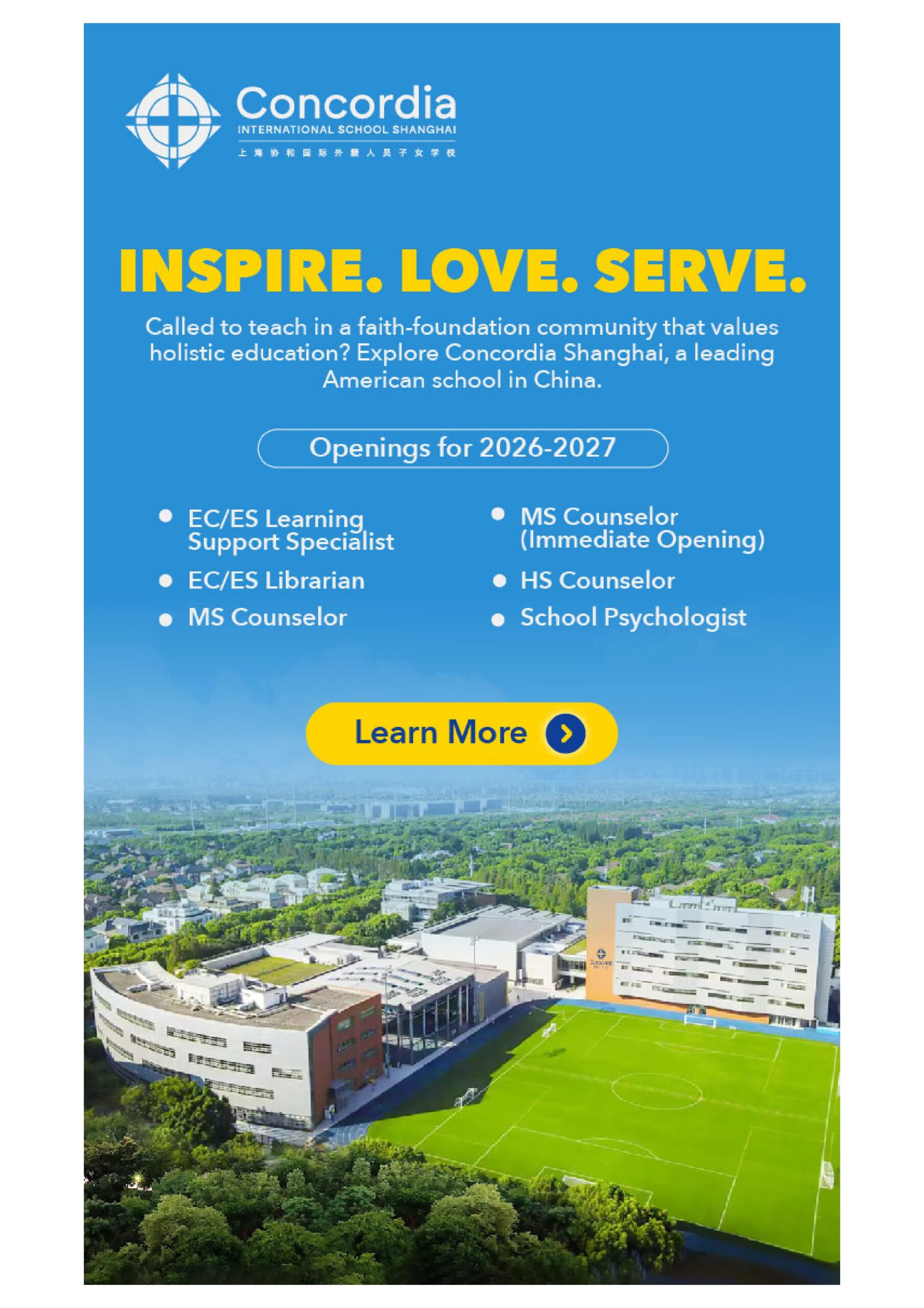By John R. Brooks
CHICAGO — The Committee on Lutheran Cooperation (CLC), consisting of leaders of the Evangelical Lutheran Church in America (ELCA) and The Lutheran Church-Missouri Synod (LCMS), engaged in a discussion Nov. 4 about their collaborative work in responding to domestic disasters through Lutheran Disaster Response (LDR). The discussion was part of a regular meeting of the CLC held here at the ELCA’s Lutheran Center.
Rev. Kevin A. Massey, LDR director, told the Lutheran leaders that 2008 is LDR’s 20th anniversary year. There have been a record number of tornadoes, and 2008 is the second-worst year for hurricane-related damage behind 2005, Massey said.
In 2008 LDR concluded its work as part of a federally funded grant to provide case-management services to people affected by Hurricane Katrina, which struck the U.S. Gulf Coast in 2005. A consortium of disaster-response agencies provided services and resources valued at $121 million, Massey reported. LDR’s share was valued at $29 million, he said.
LDR concluded work in response to massive flooding in Rushford, Minn., in 2007, Massey said. Rushford Lutheran Church, an ELCA congregation, and St. Mark Lutheran Church, an LCMS congregation, “joined hearts and hands together to save their community,” he said.
A continuing challenge for LDR is adequate funding, Massey said. Noting an overall drop in financial gifts to the ministry, he said, “This is a reality we work in and may have for years to come.”
In recent years different understandings of LDR have emerged in both churches. Rev. Rebecca S. Larson, executive director, ELCA Church in Society, and Rev. Matthew C. Harrison, executive director, LCMS World Relief and Human Care, agreed in 2007 to continue discussions about the ministry and report progress to the CLC.
Representatives of the ELCA and LCMS have met twice since last year, Larson told the CLC. To build stronger relationships, the group has focused on improving communication, decision-making processes, and financial commitment to LDR, she said.
“We are operating with the assumption that the shared work of both churches is very important, and we want to continue,” she said. “We’ve had tough times in recent years. We are working on good communication and good intentions. We have good possibilities for what we can imagine.” CLC leaders encouraged including other parties, such as social-ministry organizations, in the LDR meetings.
Dr. Mark S. Hanson, ELCA presiding bishop, and Dr. Gerald B. Kieschnick, LCMS president, both said their respective churches have decisions to make, as a potential three-way “Lutheran Malaria Initiative” (LMI) partnership evolves. The churches and Lutheran World Relief, Baltimore, are considering efforts to raise significant funds to engage Lutherans through mobilization, education, and advocacy in the containment of malaria and other diseases of poverty. The ELCA is expected to include HIV and AIDS in its effort. Based in Baltimore, LWR is a ministry of the ELCA, LCMS, individuals, and parishes involved in international relief, development, advocacy, and social responsibility.
In an update about recent events in the ELCA, Dr. M. Wyvetta Bullock, ELCA executive for administration, said more than 40 of the 65 ELCA synods took formal action to be “Book of Faith” synods, in response to a churchwide initiative in which the ELCA seeks to increase biblical literacy and fluency, and all 65 are engaged in the initiative. A Lutheran Study Bible, published by Augsburg Fortress, the ELCA publishing ministry, Minneapolis, is expected to be available this winter, she said. Bullock said ELCA Evangelical Outreach and Congregational Mission is putting a staff person in each synod to work with bishops to strengthen ELCA congregations and grow local ministries.
Rev. Allan C. Bjornberg, bishop, ELCA Rocky Mountain Synod, and chair, ELCA Conference of Bishops, said 60 ELCA bishops and five bishops of the Evangelical Lutheran Church in Canada will visit the Middle East in January.
For the LCMS, Kieschnick said some of the Synod’s 10 colleges, two seminaries, and 2,500 parochial schools are dealing with ongoing financial challenges. The Synod recently dedicated a new campus at Concordia College, Austin, Texas, he said. Dr. William R. Diekelman, LCMS first vice president, reported that the Synod’s Fan Into Flame campaign has raised $36 million in cash and pledges toward a $100 million goal to support the Ablaze! movement by LCMS members and the church body’s international partners to reach 100 million people worldwide with the Gospel by 2017.
Ronald Schultz, chief administrative officer of the LCMS, said the Synod’s 2010 convention will be expanded two days to focus on recommendations from a task force on Synod structure and governance.
CLC members agreed to meet again March 24, 2009, in St. Louis, and Sept. 29, 2009, in Baltimore.
In addition to Kieschnick, Diekelman, and Schultz, LCMS participants were Dr. Raymond L. Hartwig, LCMS secretary; Dr. C. William Hoesman, president, LCMS Michigan District, and chair, Council of Presidents; Dr. Joel Lehenbauer, executive director, Commission on Theology and Church Relations; and Dr. Samuel H. Nafzger, director of church relations and assistant to the LCMS president.
John R. Brooks is director of the ELCA News Service in Chicago.
Posted Nov. 26, 2008




